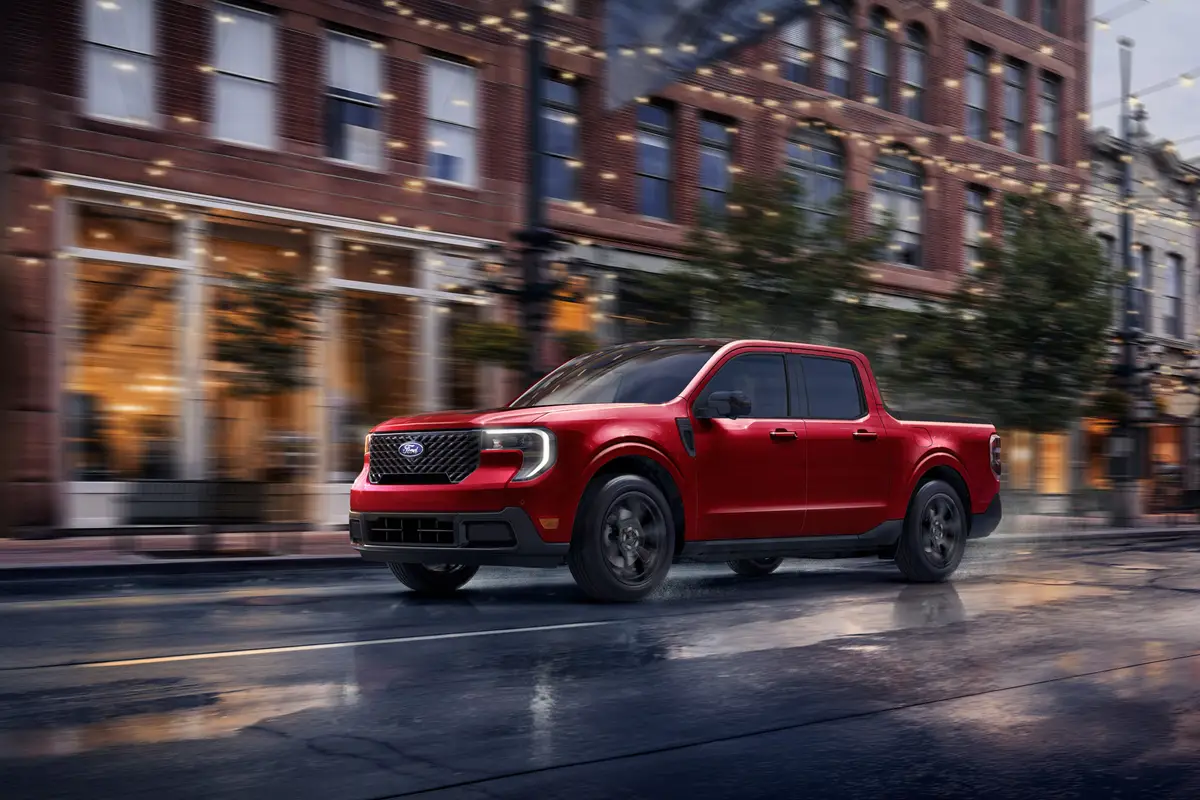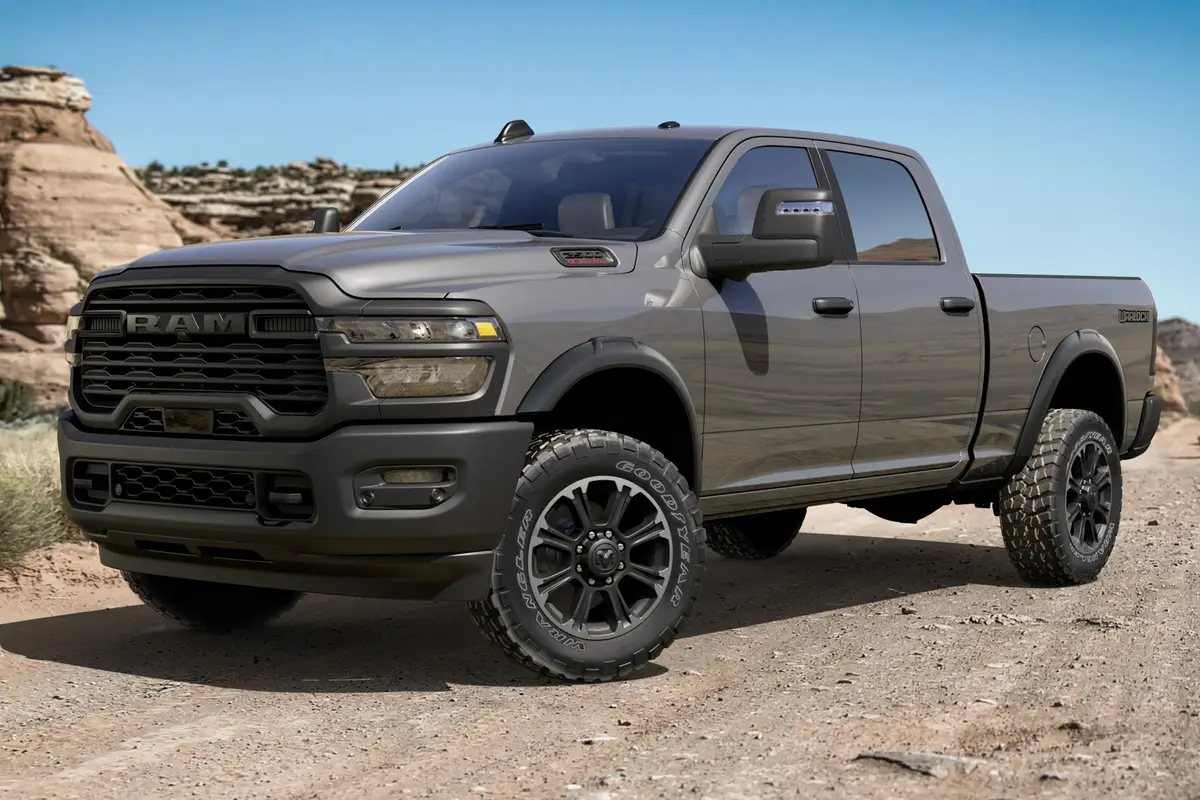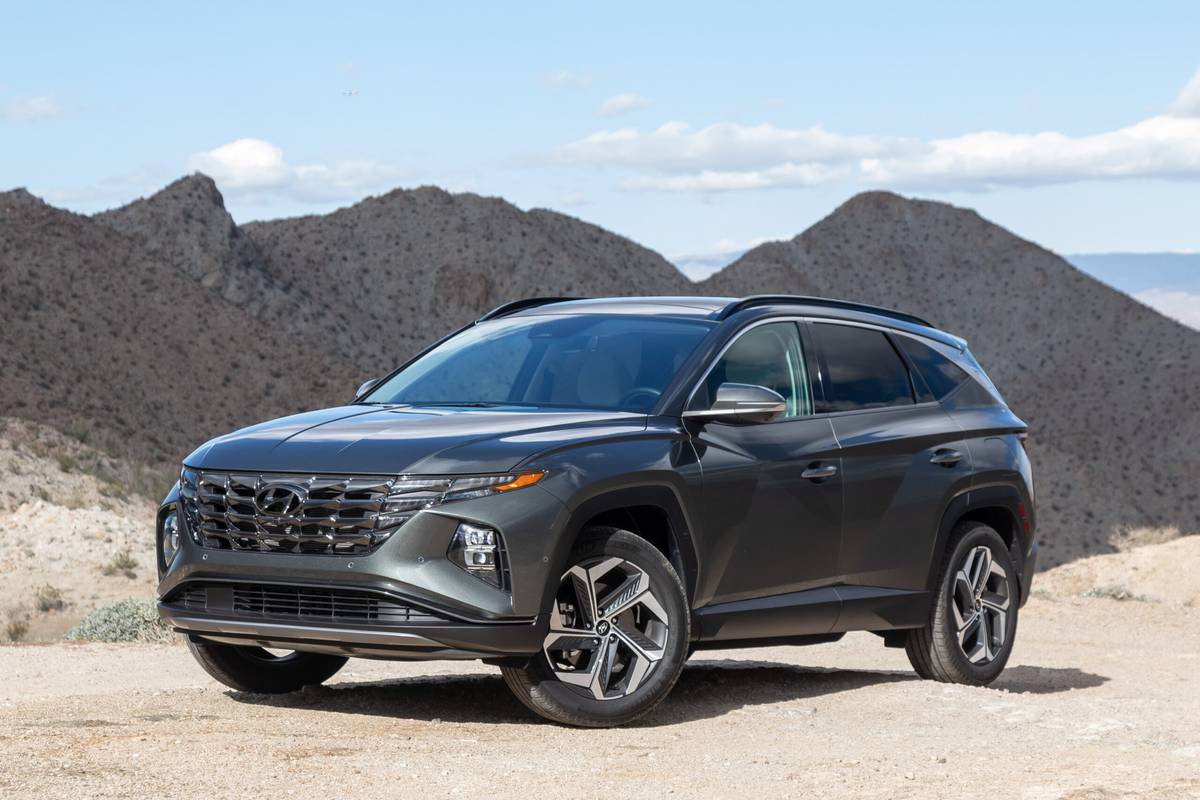washingtonpost.com's view
The danged thing was big. Only way to say it. And everybody who saw it said it.
“Hey, man, that’s a big truck!” a man shouted on a downtown Washington street. I was in traffic, but knew he was shouting at me in the 1997 Ford Expedition XLT.
Same thing happened at my favorite parking garage.
“That’s a biiiggg truck,” said the first attendant. “Yeah, too big to put downstairs,” the second attendant said. I panicked. “We’ll leave it up front,” said the first attendant.
They were looking at a motorized beast — very well dressed — but a beast, nonetheless.
From the ground up, it stood 6 feet 4 inches tall. It was 6 feet 6 inches wide and 17 feet long. Big! The kind of big the Environmental Protection Agency dislikes. It uses lots of fuel.
But the enviromeisters will need a chill pill. Judging from reaction on the street, the Expedition, which is based on the Ford F-150 pickup truck, is going to be a big hit.
Background: The four-door Ford Expedition proves that federal regulators and real-world consumers travel different roads.
For example, Ford’s market research says many consumers want what the Expedition offers — the ability to carry up to nine people, tow up to 8,000 pounds, clear the ground by as much as 8.5 inches and run like a bat out of hell. It’s available in two- or four-wheel drive.
Most of the Expedition’s targeted buyers, at the moment, don’t give a hoot that it gets as little as 13 mpg in the city and 17 mpg on the highway — mileage that would classify it as an egregious gas guzzler had it been a car.
But the U.S. government, through the EPA, is pushing a different set of values — fuel-economical sport-utility models, such as Toyota’s RAV4, which gets about 24 miles per gallon; and miserly cars, such as the three-cylinder version of the Geo Metro hatchback, which gets up to 49 mpg.
Problem is, cars like the Metro barely occupy 1 percent of the U.S. auto market. And the subcompact RAV4 sport-ute, though growing in popularity, is still a tiny player in the marketplace.
By comparison, sales of full-size sport-utes, such as the Expedition and rival Chevrolet Tahoe/GMC Yukon, are booming. Automakers sold 72,000full-size sport-utility models in the United States in 1994. By the year 2000, they are expected to sell 300,000 annually.
It is likely the fuel economy of those big runners will improve a bit. But the point is that fuel economy matters little to the people shopping for big sport-utes. Those consumers are afflicted with GAPS — the Great American Potency Syndrome, the need to have something that can do far more than they will ever need it to do. They are seeking power under the guise of shopping for utility.
With the Expedition, they get both and then some.
The standard engine is a whopper — an electronically controlled, sequentially fuel-injected, single-overhead-cam, 4.6-liter V8 rated 215 horsepower at 4,400 rpm with torque rated 290 pound-feet at 3,250 rpm.
The tested, four-wheel-drive Expedition XLT was equipped with an optional, stump-pulling 5.4, single overhead-camp V8 rated 230 horsepower at 4,250 rpm with torque rated 325 pound-feet at 3,000 rpm.
Standard Expedition brakes include power four-wheel discs with anti-lock backup. Standard tires are 16-inch all-season radials. The test vehicle was equipped with optional 17-inch, all-terrain radials.
Dual front air bags and improved side-impact crash protection systems are all there. Two electronically controlled automatic transmissions are available — the Ford E40D, which mates with the 5.4-liter V8 and the Ford 4R70W, which goes with the 4.6-liter V8.
Ah, maximum payload — the maximum allowable weight of cargo a vehicle can carry — is 2,000 pounds.
1997 Ford Expedition XLT
Complaint: Phony “garageability.” Ford says the Expedition is “garageable,” which means it can be parked inside what the company calls a “regular” garage. Apparently, there are few regular commercial garages in urban areas where the Expedition was treated as a pariah because it’s too big.
Praise: Just an absolutely, overall wonderful, big ol’ truck.
Head-turning quotient: Takes a while for a head to turn to take it all in, but when the task is completed, the Expedition gets high marks.
Ride, acceleration and handling: Triple Aces. One of the very best big sport-ute rides on the market. Handles very well in emergency maneuvers. Nary a hint of tip-over. Excellent braking.
Mileage: About 14 mpg (optional 30-gallon fuel tank, estimated 410-mile range on usable volume of recommended regular unleaded), combined city-highway, running with two occupants and light cargo.
Sound system: Electronically controlled AM/FM stereo radio and cassette with six-disc CD changer, GM/Delco. Very good.
Price: Base price on the tested Expedition XLT is $29,870. Estimated dealer invoice price is $26,070. Price as tested is $34,970, including $4,460 in options and a $640 destination charge. These are preliminary 1997 model prices, which are subject to change.
Purse-strings note: Compares with Chevrolet Tahoe, GMC Yukon, Mitsubishi Montero, Isuzu Trooper and, yeah, Land Rover’s Range Rover 4.6.
Latest news



